Review
Seat reinforces its position within the SUV market with the Arona and increases its range coverage in the UK.
Seat’s first SUV – the Ateca – has proved to be a resounding success for the manufacturer.
As well as winning multiple accolades, including best mid-size SUV in the 2017 Fleet News Awards, its popularity has helped Seat maintain its position as one of the fastest growing brands in fleet.
And now the manufacturer is looking to reinforce this position with its Arona small SUV.
This is an important car for Seat for a number of reasons. Arona increases Seat’s range coverage in the UK to 75%.
This will increase the manufacturer’s appeal to fleets which like to minimise the brands they deal with.
It is also Seat’s first vehicle in the B-SUV sector, which has grown 700% across Europe in the past six years and is expected to double from 1.1 million registrations last year to 2.2m by 2020.
It is also the fastest growing sector in the UK true fleet marketplace.
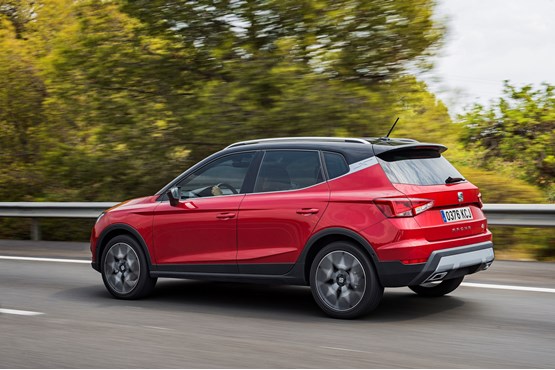
However, it is becoming increasingly congested, with models such as the Nissan Juke and Renault Captur having occupied the sector for a number of years, while newcomers include the Citroën C3 Aircross, Hyundai Kona and Kia Stonic.
Fortunately for Seat, the Arona is a strong all-round package.
Based on the same Volkswagen Group A0 MQB platform as the Ibiza, it is 8cm longer and 12cm taller than the supermini, offering increased cabin space and an elevated driving position.
The two cars share many features, such as the dashboard, but this is no bad thing as it means the interior is stylish, well built and logical to use.
The eight-inch touchscreen fitted as standard on most trim levels adds a more premium feel to the cabin.
There is also plenty of room inside for four adults, while the 400-litre boot is larger than rivals such as the Nissan Juke (354 litres), but smaller than the Citroën C3 Aircross (410).
Five engine options will be available when Arona reaches showrooms on November 17: three petrol and two diesel.
The petrol engines are a 95PS 1.0 TSI producing 111g/km of CO2 with official combined fuel economy of 57.6mpg, a 115PS 1.0 TSI with emissions from113g/km and economy of 56.5mpg, and a 150PS 1.5 TSI, producing 115g/km.
Two diesel options are available: a 1.6 TDI unit with 95PS or 115PS. The 95PS engine is the most efficient in the range with CO2 emissions of 105g/km.
Some homologation data is still pending, so no fuel economy figures are available at the time of press for either of the diesel models or the 1.5 TSI engine. The CO2 figure for the 1.6 TDI 115PS is not available either.
The range also sees the debut of Seat’s ‘Easy’ strategy for trim levels.
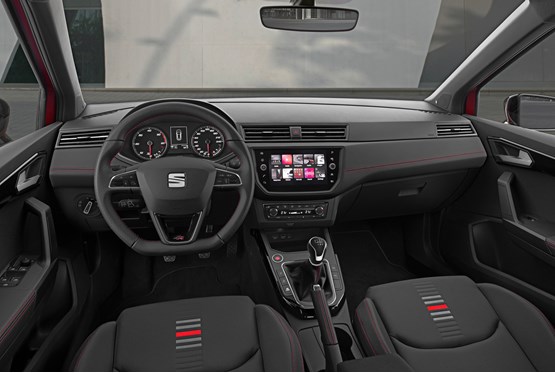
The manufacturer says this means that rather than the traditional range of options available on a small number of trims, the SUV’s line-up will consist of six fixed models with specification already added to fulfil the majority of customer needs.
A limited number of options, such as a space-saver spare wheel and tow bar, will still be available, but Seat says this strategy will help fleets deal with the tax implications of WLTP when it is fully implemented.
However, it also means the entry P11D price to the range is £16,340, around £1,000 more than the entry-level Captur and £2,600 higher that the base C3 Aircross, although the Arona is much better specced.
The Arona range starts with SE and SE Tech trims and then splits into two: comfort (Xcellence and Xcellence Lux equipment grades) and sport (FR and FR Sport).
Seat expects SE Tech and FR to be the big sellers with fleet customers, with petrol just edging out diesel as the most popular fuel choice.
SE Tech features an eight-inch touchscreen, sat-nav, LED daytime running lights and taillights, autonomous emergency braking, Driver Pack including cruise control, hill-hold control and tiredness recognition, air conditioning, and auto headlights.
FR adds sporty styling cues, including a new rear bumper, front grille and sports seats.
It also includes climate control, rain sensor, alarm and Seat Drive Profile, which allows the driver to select four different modes – normal, sport, eco and individual – which affect steering and throttle responses.
All SE Tech models and above feature MirrorLink, Apple CarPlay, and Android Auto connected services.
Next year these functions will be joined by Amazon’s Alexa voice command service.
Driving impressions are favourable. It’s easy to get into a comfortable driving position in the Arona, while all round visibility is excellent.
The 95PS 1.0 TSI engine we tested provided plenty of power even low down the rev range, while ride comfort and handling are among the best in class.
Specifications shown for 1.0 TSI 95PS SE Technology
Specs
| Manufacturer | SEAT |
| Model | Arona |
| Specification | Arona SUV 1.0TSI 95 SS €6 SE Technology 18MY |
| Model Year | 0.00 |
| Annual VED (Road tax) | £0 |
| BIK List Price | £17,610 |
| CO2 | 111g/km |
| BIK Percentage | 23% |
| Insurance Group | N/A |
| CC | N/A |
| Fuel Type | Petrol |
| Vehicle Type | SUV and Crossover |
| Luggage capacity (Seats up) | 5litres |
Running Costs
| P11D | £17,610 |
| Insurance group | N/A |
| Fuel Type | Petrol |
| Cost per mile | 52.60ppm |
| Fuel | 9.25ppm |
| Depreciation | 40.90ppm |
| Service maintenance and repair | 2.45ppm |
Rivals
Info at a glance
-
P11D Price
£17,610
-
MPG
57.6 -
CO2 Emissions
111g/km -
BIK %
23% -
Running cost
3 Year 60k : N/A 4 Year 80k : N/A -
Fuel Type
Petrol

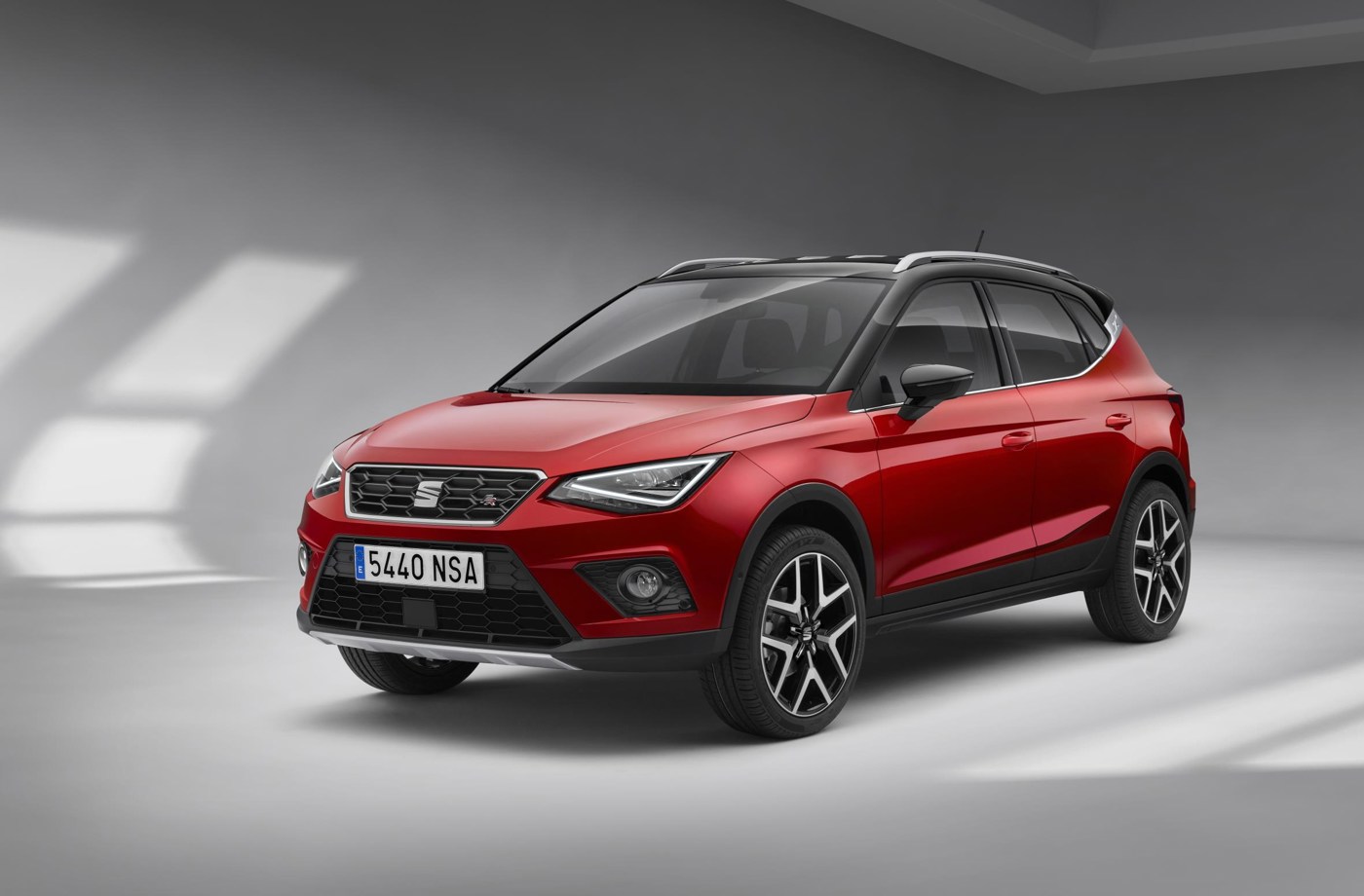
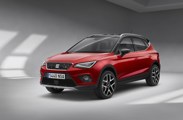
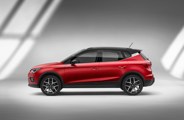
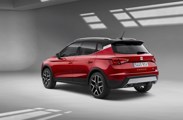
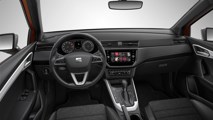

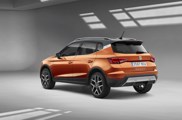




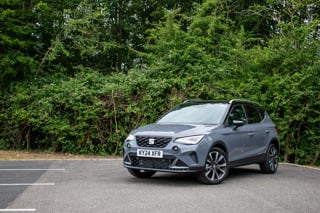
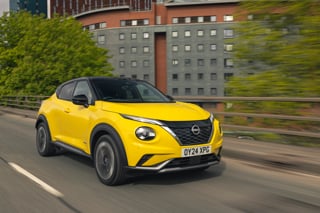
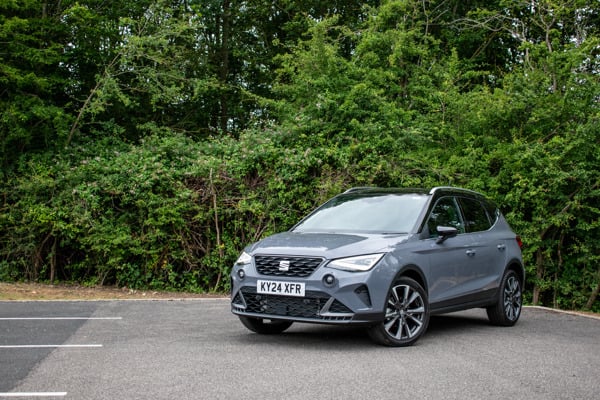
 Petrol
Petrol
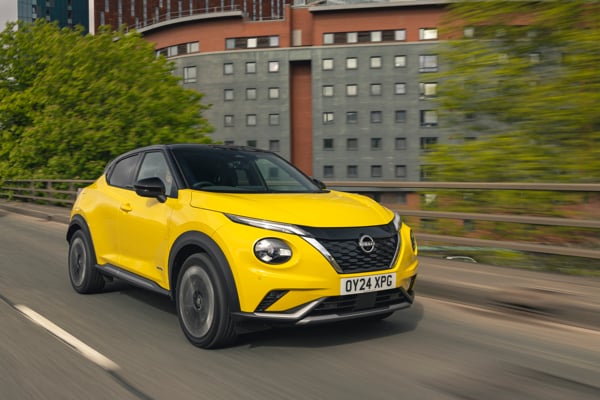
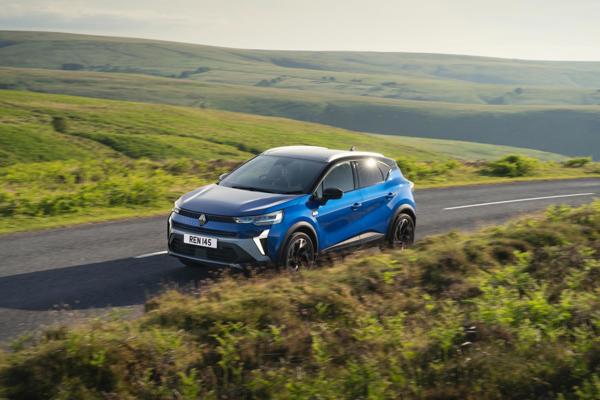
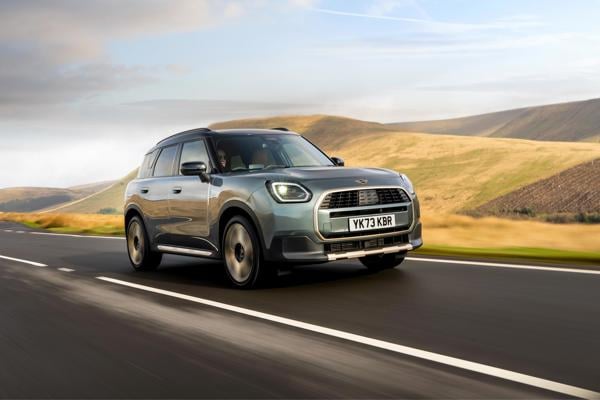
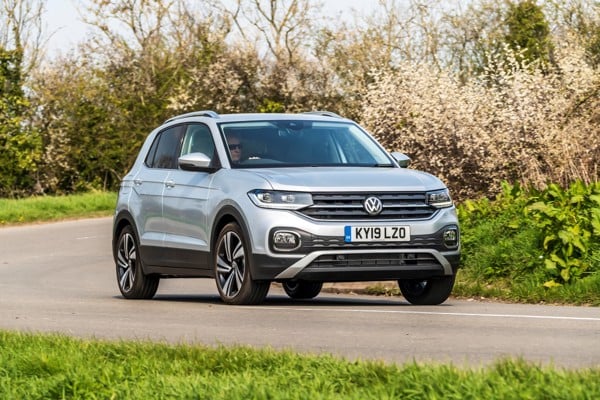


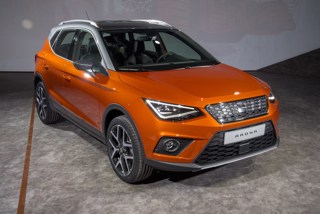
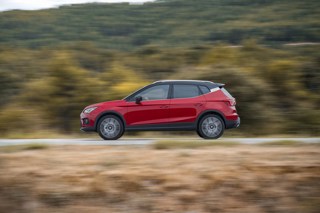














Login to comment
Comments
No comments have been made yet.